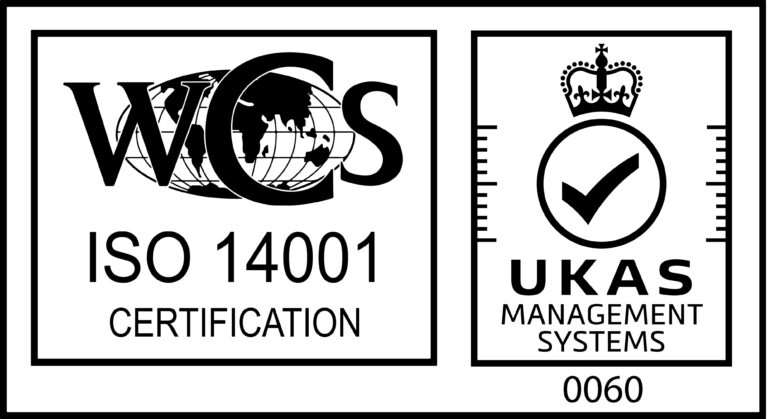Life as a supply teacher
Life working as a supply teacher is never boring; each day is different, and this daily variation will create an interesting and educational experience for NQTs who haven’t secured a permanent role.
Read on to find out more about a day in a supply teacher’s shoes, and find out more about some of the advantages for working on supply.
There are three types of roles that NQTs can expect to encounter when working as a supply teacher:
- Long-term placements, which could involve covering maternity leave or long-term sickness
- Pre-booked placements, which supply candidates will have been given with at least a day’s notice
- Last minute placements, given to supply candidates at an hour’s notice
As an NQT, the spontaneity of going into a new school with little notice will equip you with the confidence and expertise that can eventually be translated into a full-time teaching role.
What does a typical day working on supply look like?
If you don’t have any pre-booked supply, your day will most likely begin with a cup of tea, or coffee, waiting for the phone to ring. There is, of course, a peak time where your Development Manager is likely to call, usually around 7.30am – 8.30am. If the phone does ring, listen carefully and make note of your instructions for the day, such as the school’s name and location, your point of contact and what subject you will be teaching.
Once you have your agenda for the day, and located where you need to be, it’s time to make your way into school. If you think there may be a problem getting there on time, contact the school (ideally your point of contact) as soon as possible.
On arrival…
When you arrive at school, you will meet your main contact, who will provide you with a timetable, class lists and classroom numbers. It’s important to take this opportunity to ask as many questions as possible about any other factors you’re concerned about, such as the school’s behaviour policy, in order to make sure you follow their best practices.
Before you head into class…
Before heading to your first lesson of the day, take a careful look at your timetable; supply teachers often end up teaching subjects that aren’t their own, so ensuring you feel prepared enough to teach maths, history, chemistry and geography, all in one day, is crucial. Some schools may have prepared a lesson plan for you, but if you have been left to your own devices, it’s always best to be as prepared as you possibly can be.
Your lessons will be varied, and although some students will already think of you as part of the teaching staff, there may be others who want to take advantage of not having their regular teacher around. Whatever happens, treat them as though they were your own class, and set rules from the very beginning, so that each student understands what is expected of them.
When the school day is done…
After your working day is done, you will meet with your contact again and return any keys, paperwork or student work. Getting yourself in front of plenty of schools is just one of the many advantages of working on supply, so at this point, it’s important that you leave a lasting impression with administrative and contract staff; you could just get asked back to that same school in future.
Finally, you head home for an evening of well deserved rest, and perhaps a bit of lesson planning – before the chaos again the next day!





